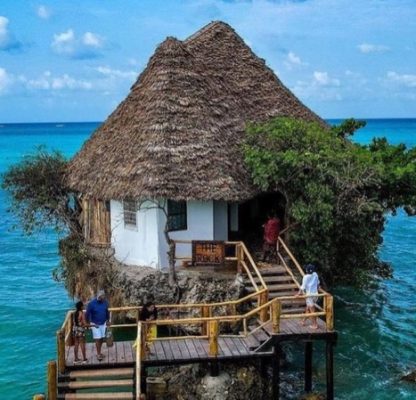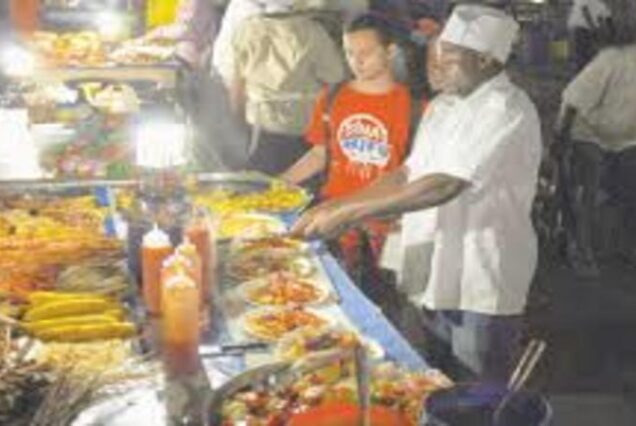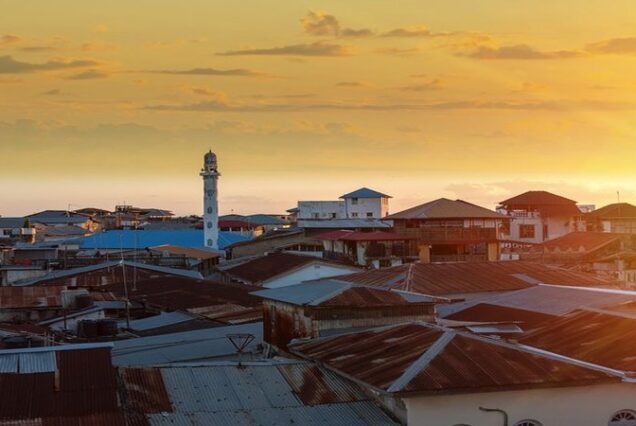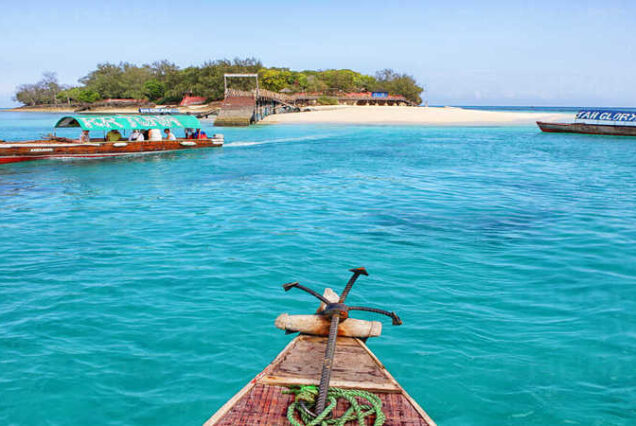
Overview
Stone Town is buzzing with history, climate, and lovely adventure. Yet, the tight roads are interesting to explore so join a local guide and focus on the sights, sounds, and stories instead of your road map! Getting absorbed with Stone Town atmosphere is a certain something while comprehending the set of experiences is very another.
Interestingly, Stone Town is well-known to be the oldest city in East Africa with a ton of histories from Europeans, Indians, Arabs, and many more! During the stone town evening walking tour, tourists will visit and explore all milestones in Stone Town including the Darajani Market, Old fort, Hamamni Baths, House of Wonders, Anglican Cathedral, Sultan Palace, Slave chambers, and etc.
TERMS & CONDITIONS
Cancellations
BY OUR CLIENT: To cancel of booked tour/excursion, clients must do so by writing to US. This is when the cancellation will be acknowledged. Meanwhile, cancellation is subjected to some percentage off from the tour cost.
BY US: Cancellation of booked will only occur unusual and unpredictable occasion. Importantly, we do try our possible to avoid such occasion. Notably, another date for the tour will be communicated as soon as possible.


Included/Excluded
- Boat fee
- Guiding fee
- Entrance fee
- Conservation fee
- Trained, friendly and professional guide
- All government Fee & taxes
- Hotel pickup and drop-off can be organized as per your request.
- Available Multilingual Guide (English, French, Italian, German, Russian, and Spanish)
Tour Plan
Situated on the seafront and established in 1936 to celebrate the silver celebration of King Khalifa, the gardens have as of late been redone and are sufficiently lovely to walk around. Notwithstanding, they truly become one of Stone Town's fundamental attractions in the evenings, as stakeholders established for the night market while lighting their fires as well as binding fresh seafood onto sticks. This is both the inexpensive and most genial spot to pig out on Zanzibar pizza, fish, prawns, and fresh lobster.
Old Fort is the oldest building in Stone Town, its dark earthy colored, windowless dividers bested by the castellated wall. Seyyid Said's granddad is known to construct it between the years 1698 and 1701 into the ruins of a Portuguese sanctuary. Meanwhile, the Old Fort never saw a lot of military activity. Today, it is home to peddlers selling tourist tat and an outdoors theater where evening entertainers promote for dollars, just as a private tourism agency run by the enchanting "Octopus"
House of Wonders is the most exquisite structure in Stone Town, with extents like those of a Southern ranch manor, its exterior broken by tall levels of columns and profound balconies, and bested by a fabulous clock tower. In 1883, the House of Wonders was Construct by Sultan Barghash as a stylized royal residence, it is the most flashy of follies and impressed his subjects (besides its gaudy design, it was the main structure in Zanzibar to be built having electric lights and an electric elevator, who named it Beit el Ajaib (House of Wonders).
In 1896, it was in the Old Customs House where Sultan Hamoud was announced as the Sultan. Note the strong lumber entryway, one of the oldest ever existed in Zanzibar. Zanzibari entryways (likewise found in Lamu as well as Mombasa) are an unmistakable component of Stone Town design and were coded correspondence about the status and abundance of individuals living behind them. A large number of the doors have an Arabic engraving cut into the top frieze and are luxuriously adorned around the edge; the more resplendent, the richer the occupant. Those with gold studs projecting were imported from India, where they were designed to repulse the elephants that the Rajput utilized in a fight. A stock did nearly 30 years prior recorded 800 memorable entryways; tragically, this number has been definitely decreased by insatiable classical vendors.
The covered market is a significant attack on the senses, situated in a peak fronted structure raised in 1904. There are discrete markets edibles items such as red meat and fish, and many brokers selling vegetables, spices, fresh foods, and grains that pour out onto Brook Road (officially Benjamin Mkapa Rd.); on Wednesday and Saturday, they are joined by classical vendors.
Further, the market is the most dynamic spot in Stone Town, clamoring from 8 am to 6 pm (however it calms down from 2 pm) with individuals who travel from everywhere the island to exchange for an assortment that is unparalleled somewhere else in the archipelago.
Constructed somewhere in the range of 1873 and 1883 by the Universities' mission in Central Africa (UMCA) under the auspices of Edward Steere, third minister of Zanzibar (1874-82).
Situated in its namesake neighborhood in the middle of Stone Town, the showers are definitely worth a visit. Authorized by King Barghash during the 1880s, the Hamamni (in a real sense Spot of the Showers) offers a cool respite from the warmth, just as understanding into what life for Stone Town's high societies probably been similar to over a century prior. The showers have been all around preserved and are generally unfilled (the best an ideal opportunity to visit; if the showers are full of individuals, it merits coming back again later).
After entering, you are confronted with various cubicles, each with a particular capacity, for example, the territory where individuals uncovered (unexpectedly, people had separate long periods of induction); from here, you walk further into the showers, into what used to be the "warm room," warmed by underground boiling water reservoir conduits, and then into the heart: the hot showers with the virus showers neighboring and more private regions.
You May Like
Kuza Cave Jambiani
Dolphin Tour
Prison Island Tour

A Zanzibar Tours and Excursion Company providing Day Tour and Holiday Tour packages at affordable cost.
Contact Info
- P O Box 61, Stone Town Zanzibar, Tanzania
- Copyright ©2024 All Rights Reserved By zanzibar-tours.co.tz








